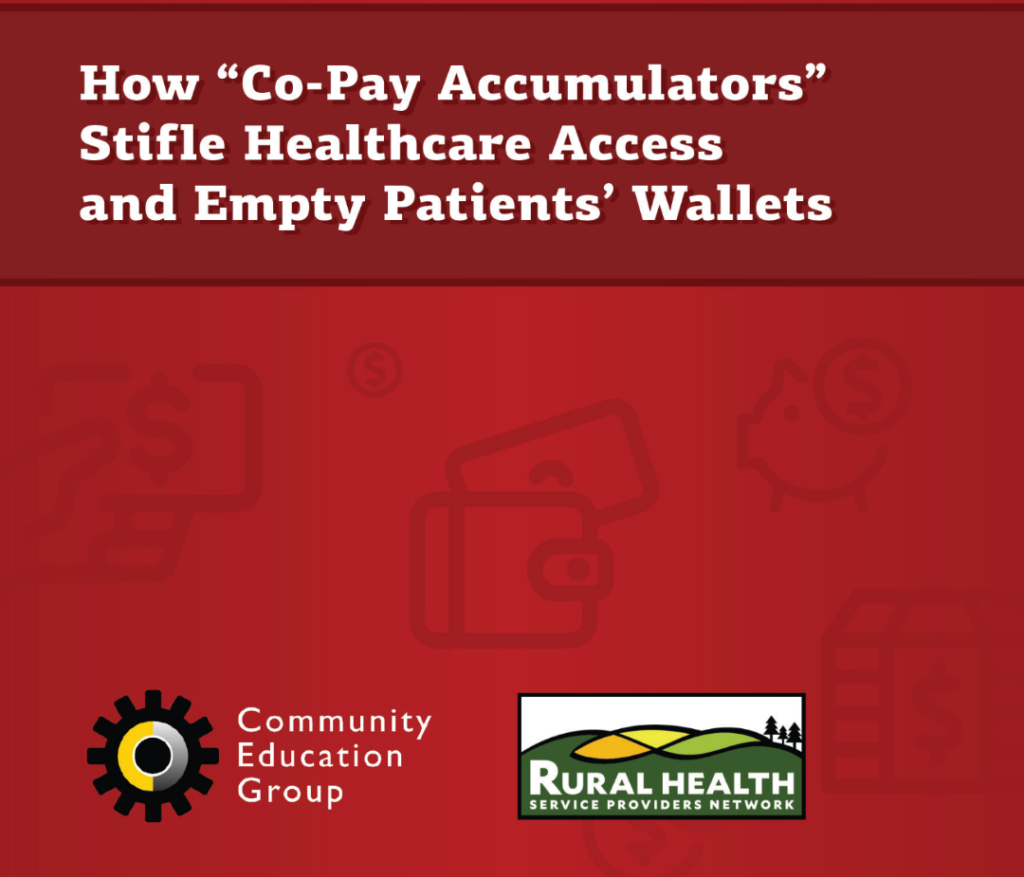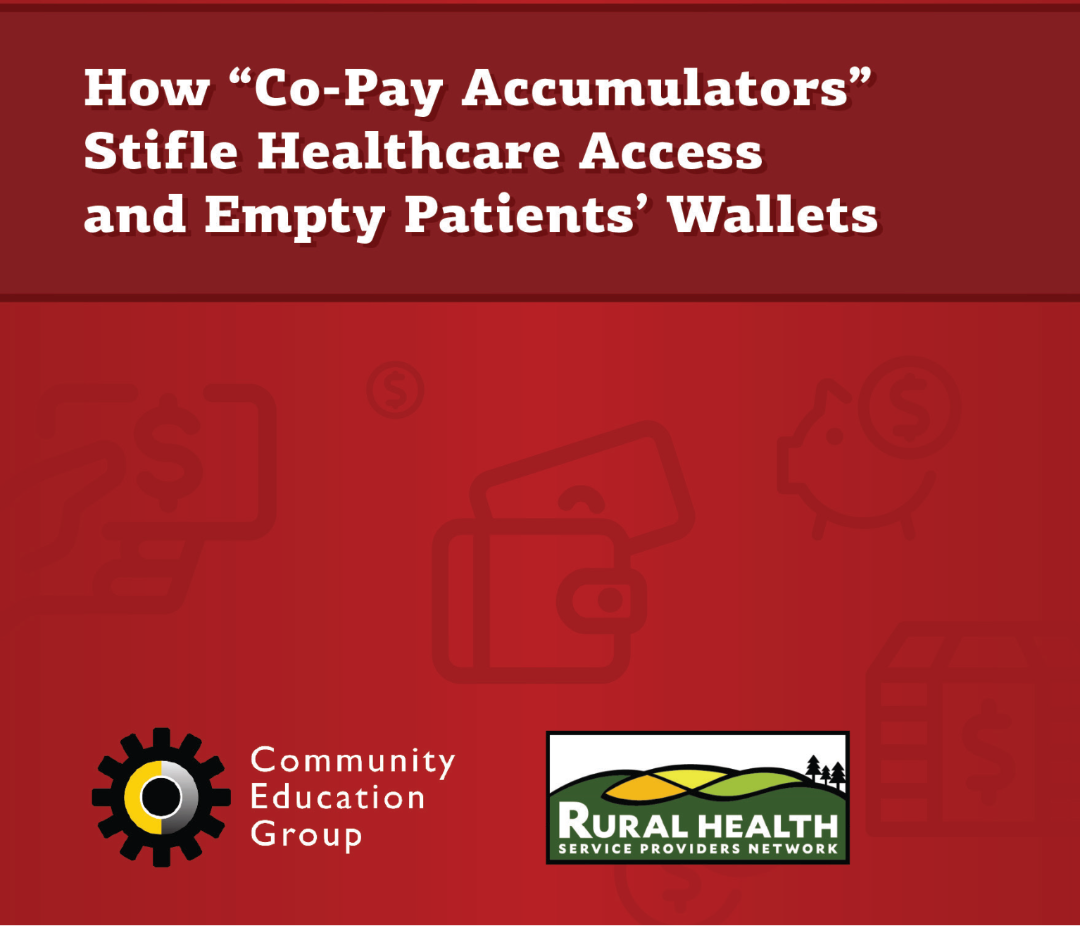
THE HIGH COST OF PRESCRIPTION DRUGS leaves many Americans scrambling to pay healthcare costs, especially people who are living with chronic conditions like diabetes, hepatitis C, HIV, and various types of cancer. As a result, these patients often rely upon patient assistance programs and manufacturer coupons to help them afford expensive medications. For example, in a 2019 survey of more than 3,000 cancer patients, 17% had used drug manufacturers’ coupons or assistance programs.1 These options help many lower-income patients obtain the prescriptions they need—but those savings are often undercut or by co-pay accumulator programs.
How “Co-Pay Accumulators” Stifle Healthcare Access and Empty Patients’ Wallets breaks down the implications of Co-Pay Accumulator programs that have been instituted by health insurers, including how they are defined, how they are implemented, how they’re regulated, and illustrates three case studies of how American families whose insurance plans include Co-Pay Accumulators pay more out of pocket for treatments.

